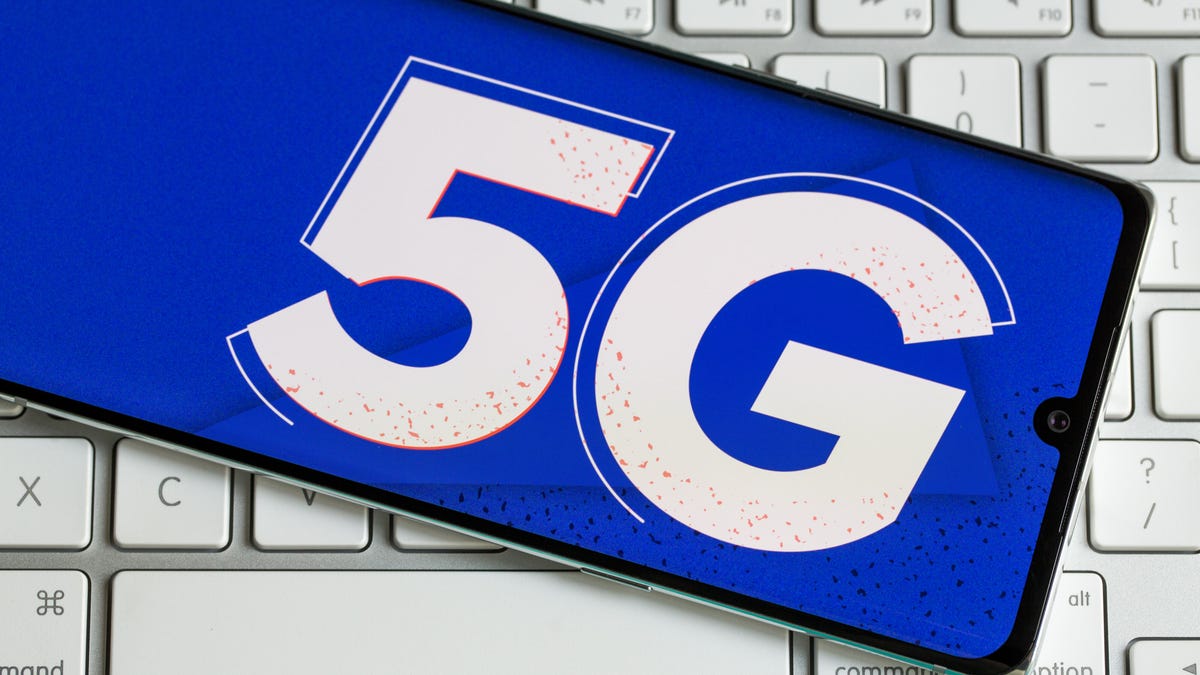The state of US 5G networks is still complicated, even after Apple's iPhone 12 release
The 5G picture in America is far from clear.

The latest big milestone for 5G in the US arrived last month when Apple announced its first 5G phones, the iPhone 12 lineup. But when it comes to 5G in the US, the situation is still not perfectly clear. In the weeks leading up to Apple's big unveiling, CNET looked at how Verizon , T-Mobile and AT&T's various 5G networks were performing in several states and cities across the country. While this testing is still ongoing, despite the fact that we're well over a year into the new 5G era, performance on all three major US carriers is still very much a work in progress with experiences that could vary greatly based on where you live.
Read more: iPhone 12 and 5G: All the answers to your questions about the super-fast connectivity
Here is a quick look at where things stand and what you might expect.
Verizon
The nation's largest carrier, Verizon has lagged behind rivals T-Mobile and AT&T when it comes to 5G rollout, despite being the first carrier to have phones available to consumers. Relying on millimeter-wave, a high-frequency technology that offers incredibly fast speeds but has severely limited range, the result is a network that works really quickly, but you have to be on the right street corner in one of 55 cities to take advantage of it.
By Times Square in New York City, we were able to get download speeds that topped 950Mbps, enabling the download of Avengers Endgame in high quality (roughly a 7.7GB file) from Disney Plus in around 10 minutes. This was significantly faster than AT&T and T-Mobile, both of which got a little over 100MB done in the same amount of time despite having speedy 5G connections of their own, though in AT&T's case not millimeter-wave, in that location.
Read more: These are the plans you'll need at each of the major US carriers
Verizon is planning to expand millimeter-wave 5G to a total 60 cities before the end of the year, and recently turned on a nationwide low-band version of 5G that will allow it to offer much better coverage and will work indoors (though exact performance will largely be similar to 4G LTE ). All of Verizon's 2020 5G phones support both millimeter-wave 5G and low-band 5G, with all of the carrier's plans able to tap into the nationwide 5G network when it launches so long as you have a compatible phone.
The millimeter-wave 5G, what Verizon calls "ultra wideband," is limited to some of its pricier, recent unlimited plans like Play More, Do More or Get More.
T-Mobile
Now the nation's second-biggest wireless provider thanks to its merger with Sprint , T-Mobile is actually the furthest along when it comes to deploying 5G. It currently has coverage for over 270 million people through its low-band network, though speeds there have often compared to a strong 4G LTE connection. It also has millimeter-wave, though that is still only available in parts of six cities.
The biggest advantage for T-Mobile, however, is in its midband 5G. This flavor can offer significant speed improvements compared to 4G LTE and low-band 5G while covering a much larger area than millimeter-wave and working indoors. Neville Ray, T-Mobile's president of technology, previously told CNET that he expects the midband network to reach 100 million people by the end of 2020 and to cover 200 million people by the end of 2021.
When we were able to connect to midband 5G in northern New Jersey, download speeds topped over 200Mbps on Speedtest.net, though oddly locations in New York that once had Sprint midband 5G seemingly no longer had access to T-Mobile's updated midband 5G, based off of speed and performance tests.
We also had some issues getting a 5G signal in rural Iowa, and when we did, sometimes saw speeds on low-band 5G that were lower than Verizon's 4G LTE.
The good news for T-Mobile users is that the carrier doesn't require any special plans to tap into all flavors of its 5G network.
AT&T
AT&T currently has two active flavors of 5G, a nationwide low-band network and a millimeter-wave offering that is available in parts of 36 cities. The nationwide low-band network currently covers over 225 million people nationwide and makes up a bulk of AT&T's coverage, but like T-Mobile's low-band network, offers an experience that is often similar to a strong LTE connection.
The millimeter-wave offering, what AT&T calls 5G Plus, can provide some impressive speeds if you are in the right spot in the right city. In San Francisco, we saw speed tests that produced download speeds of over 735Mbps and 812Mbps, while in New York's Gramercy Park, peak download speeds topped 1.2Gbps.
AT&T has been less clear on its expansion plans for 5G than its rivals. It has not announced plans for new millimeter-wave cities or where it plans to roll out dynamic spectrum sharing, a technology that allows for splitting radio waves currently used with 4G for 5G, improving range and speed. It has already begun offering this in parts of Texas and Florida, but additional locations have yet to be specified.
As for plans, AT&T's 5G network needs you to be on one of the carrier's latest unlimited plans known as Unlimited Starter, Extra or Elite.

